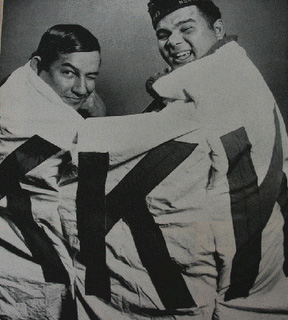During this week in 1958, 500 Lumbee tribal members crashed a Ku Klux Klan rally in North Carolina. The Lumbee were armed with weapons. They chased the KKK from Lumbee country and stopped them from spreading their message of hate.
http://linux.library.appstate….
